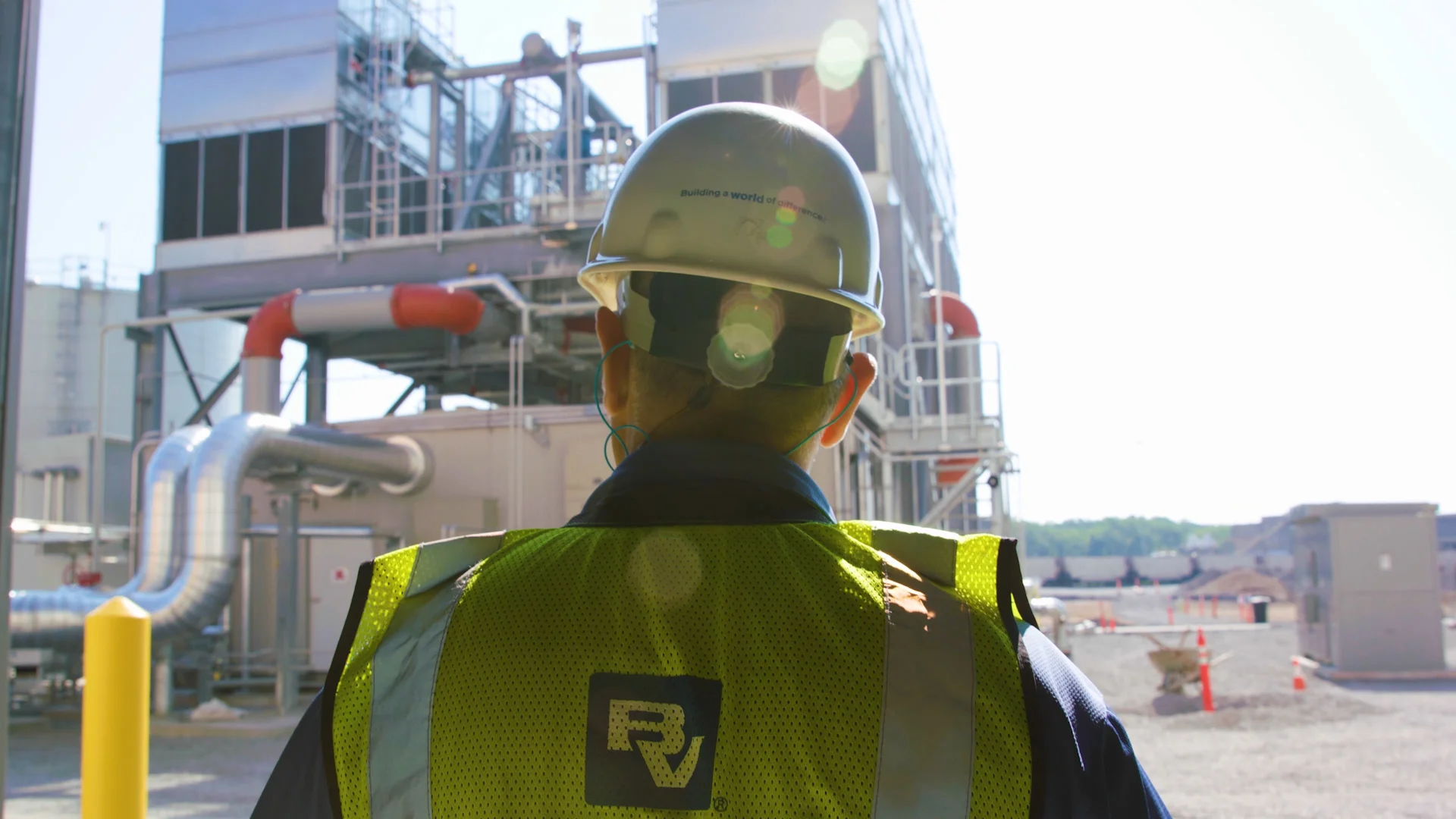The project, completed on time and within budget, was a showcase of safety, achieved by more than 225,000 man-hours without lost time injury.

Yet another step in lowering its carbon footprint in an industry chasing greater sustainability, Atlas Consolidated Mining and Development Corp.’s repurposing of part of a Philippines lake into a floating solar farm doesn’t just get high marks for its environmental promise. Or because it’s the first large-scale floating array for that company, the archipelago country and by Black & Veatch.
Some projects are simply cool.
Built to help power a copper mine of Atlas subsidiary Carmen Copper Corp., the 5,000-megawatt collection of 8,540 photovoltaic modules on remote Malubog Lake in Toledo City in Cebu province is worth beholding, both for its breadth and for the innovation unseen beneath the surface at its very anchors.
Some 360 miles south of Manila, the project designed and built by Black & Veatch — a United States-based global leader in renewable energy solutions — includes a prefabricated substation and a six-kilometer overhead distribution line linked to Carmen Copper’s existing 34.5-kilovolt substation.
Using solar panels fixed at a constant tilt angle, the power from the sun will prove invaluable during peak energy hours, paring dependence on fossil fuels while underscoring the company’s quest to meet environmental compliance standards and achieve its own goals to be more energy responsible.
Taken together, the floating photovoltaic project — “floatovoltaics,” for short — embodies Atlas’ advances in pursuing a greener, cleaner operational future and doing the right thing in a region waging an energy transition favoring renewables. It’s also a striking example of a sustainable solution to land constraints, a leadership benchmark worth emulating for floating solar projects in the heavily coal-reliant region, and the ability of Black & Veatch to marshal its deep know-how to build such a floating feat for its first time.
From concept to completion, the project took roughly 12 months and for now will cover at least one-tenth of Carmen Copper’s power needs, meeting federal mandates involving renewable energy for a mining company. There’s capacity for more and perhaps battery storage.
Welcome to the convergence of engineering, environmental science and renewable energy innovation, executing a bolder vision of tomorrow’s energy by harnessing the power of the sun while effortlessly afloat.
Carmen Copper’s floating solar array on Malubog Lake in the Philippines’ Cebu province It’s also a striking example of a renewable energy project that can be replicated, illustrating the ability of Black & Veatch to marshal its deep know-how to build such a floating feat for its first time
Carmen Copper’s foray into floating solar after failing to find suitable land for the array reflects what a leading energy think tank views as a potential solar energy boon in Southeast Asia, with floating installations playing a leading role. Last year, Rystad Energy said its research found that as Southeast Asia is expected to account for 10% of the region’s total solar capacity by the end of this decade, the Philippines — with many large inland lakes suitable for floating solar — along with Indonesia and Thailand “are well-positioned to be at the forefront of this growing trend.”
To put a finer point on it, the Philippines projects a floating solar market of more than two gigawatts during the rest of this decade and beyond.
It's in that context that Carmen Copper in September 2022 called on Black & Veatch — at the time unversed in floating solar projects — to develop a power system impact report, then a front-end engineering and design (FEED) analysis about the project’s engineering, procurement and construction (EPC) cost. The process involved navigating the natural questions: How much will it cost to build and operate? How will that be paid for? Will it be truly reliable?
Ultimately, the company cultures — shared emphasis on being stewards of the environment, meeting compliance and regulatory requirements, and being socially conscious — meshed. Black & Veatch got the job in December 2023 and went to work the following spring.
Carmen Copper relied on Black & Veatch’s solar prowess to turn part of a reservoir responsibly and respectfully into a powerhouse, appreciative that it’s a community treasure.
Preassembled onshore, buoyant platform “floaters” crafted of recycled plastic supported the solar arrays — 28 panels on each section — that were towed six segments at a time by rubberized tugboats across the lake and positioned before incrementally being bracketed together. The array then was tied to mooring lines linked to roughly 300 submerged, GPC-placed concrete anchor blocks — three tons apiece, and each made under Black & Veatch supervision for quality assurance.
The advantages to floatovoltaics are legion. Water surfaces don’t cost as much as land, they’re more compact, and water cools the water- and corrosion-resistant panels, giving them greater efficiency than their on-land counterparts. Floating solar is especially useful in areas with limited land availability and can even mitigate water evaporation through the shading the panel flotilla provides. And water levels can be controlled by the lake’s dam.
The project, completed on time and within budget, was a showcase of safety, achieved by more than 225,000 man-hours without lost time injury.

Along the way, Black & Veatch and Carmen Copper collaborated on ensuring safety during the rigorous construction, ultimately achieving more than 225,000 man-hours without lost time injury. With subcontractors and they often unskilled labor they hired having different levels of understanding of preferred safety protocols, assuring that workers, including countless locals, went home unharmed to their families each day was paramount.
As the region migrates to renewables, what transpired on serene Malubog Lake — on time and within budget — offers yet another testament to how the right planning, collaboration, creativity and a vision of a transition to a greener energy ecosystem can deliver innovative, reliable power.
